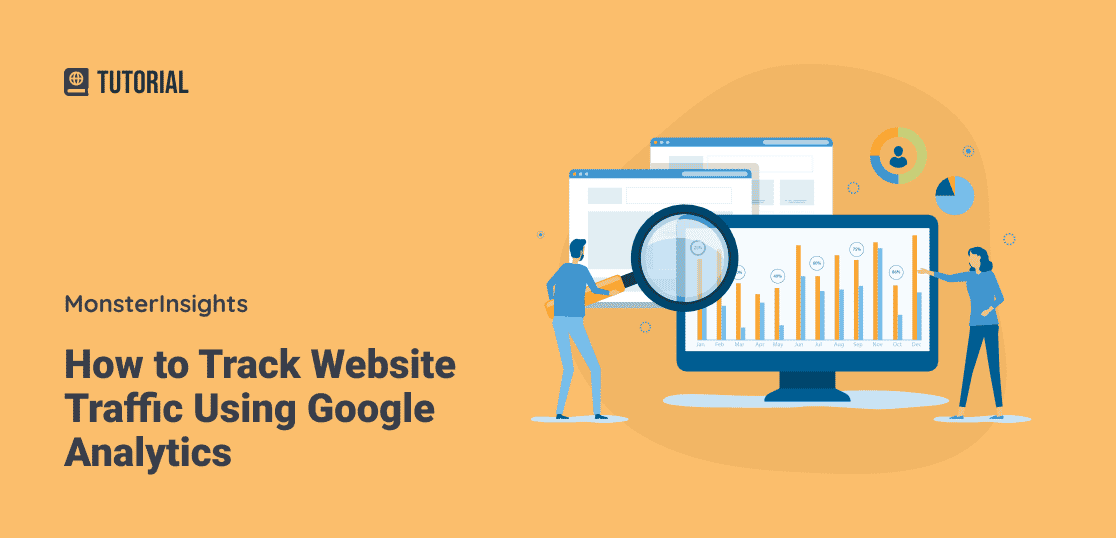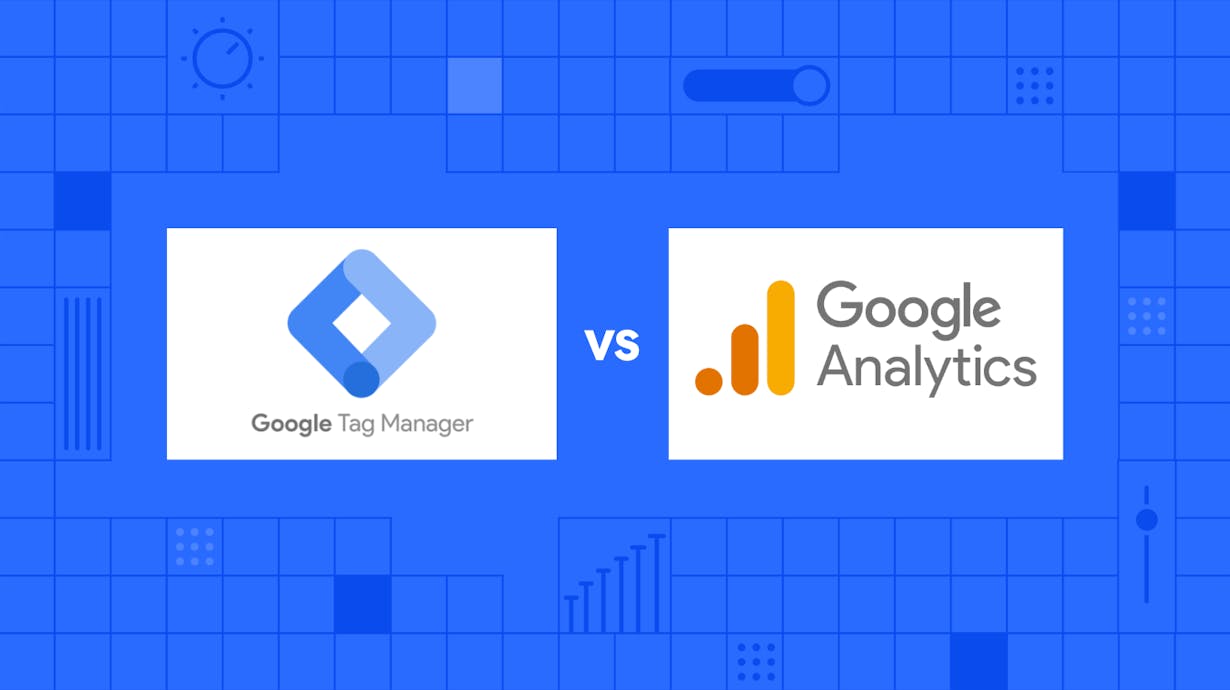Unveiling What Is Not Considered a Source in Google Analytics by Default
Unveiling What Is Not Considered a Source in Google Analytics by Default
Blog Article
Utilizing the Full Prospective of Google Analytics for Organization Growth
In the world of digital organization techniques, Google Analytics stands as a stalwart device for companies looking for to navigate the intricacies of on-line data. As businesses aim to make enlightened choices and optimize their online existence, the concern emerges: Exactly how can one genuinely unlock the full possibility of Google Analytics to propel organization growth and achieve tactical objectives?
Establishing Google Analytics Account
Setting up your Google Analytics account is an important preliminary action in successfully tracking and assessing information for your company growth. To begin, see the Google Analytics website and check in with your Google account. Next off, click "Begin absolutely free" and follow the motivates to establish your account by supplying details regarding your internet site, such as the name, LINK, market group, and reporting time zone.
After completing these actions, you will certainly obtain a monitoring ID, which is an one-of-a-kind code that you require to add to your web site. This code enables Google Analytics to collect data and produce records based on the task occurring on your website. You can include this monitoring ID manually to your web site's HTML code or utilize a plugin if you are utilizing a system like WordPress.

Understanding Key Metrics

Traffic Sources: Comprehending where your web site web traffic is coming from (straight, organic search, social media, recommendations) aids in tailoring your advertising strategies to concentrate on channels that drive one of the most visitors.
Bounce Price: This metric indicates the percent of site visitors that browse away from your website after viewing just one page - What Is Not Considered A Source In Google Analytics By Default. A high bounce rate might signify problems with website usability or web content importance
Conversion Rate: Tracking the percentage of visitors who finish a preferred activity, such as purchasing or authorizing up for a newsletter, is critical for assessing the efficiency of your internet site in achieving service goals.
Pageviews: Keeping track of the number of times each web page on your site is viewed gives insights into prominent material and user involvement levels.
Implementing Custom Tracking
To boost the deepness of understandings collected from Google Analytics, companies can benefit substantially by incorporating custom tracking approaches customized to their specific objectives. Personalized tracking permits businesses to track special data factors that are not captured by default go to my blog in Google Analytics. By executing custom-made monitoring, companies can acquire a much more extensive understanding of customer behavior, conversion patterns, and other crucial metrics that are essential for making educated business choices.
One common approach of custom tracking is establishing up occasion tracking to keep track of specific individual communications on a site, such as clicks on switches, video clip sights, or downloads. This makes it possible for companies to evaluate the efficiency of their site components and advertising campaigns extra specifically.
Furthermore, businesses can produce personalized dimensions and metrics to track and examine data that is particular to their market or business design. For instance, a shopping business may establish up customized monitoring to keep track of the efficiency of different item categories or client sectors.
Evaluating Conversion Paths
By leveraging the understandings got from custom-made monitoring methods, businesses can currently concentrate on assessing conversion paths to additional refine their understanding of user actions and enhance their conversion strategies. Assessing conversion courses entails checking out the series of steps users take in the past finishing a wanted activity, such as authorizing or making a purchase up for a solution. By delving right into the conversion paths within Google Analytics, companies can determine typical courses that lead to conversions, as well as any type of traffic jams or drop-off points that might prevent the conversion process.
Via the evaluation of conversion courses, companies can get useful insights into the efficiency of their site layout, content, and contacts us to action. This data can aid businesses make notified decisions concerning where to assign resources for optimal influence on conversion prices. By recognizing the various courses users tackle their trip to conversion, services can tailor their advertising and marketing techniques to better overview customers via the conversion funnel and eventually boost their total conversion rates.
Making Use Of Advanced Functions
Harness the this article full capacity of Google Analytics by exploring its sophisticated attributes to boost your business's data-driven decision-making capabilities. Personalized reports allow you to customize the data displayed to meet your certain business needs and goals.

In addition, progressed division lets you evaluate various parts of your website's web traffic to determine patterns, possibilities, and fads. By segmenting your target market based on various standards like demographics, behavior, or traffic resources, you can better understand their preferences and tailor your advertising and marketing techniques pop over to this web-site appropriately. Leveraging these sophisticated functions in Google Analytics can provide important insights that drive informed decision-making and inevitably add to your business's growth.
Conclusion
To conclude, taking advantage of the full potential of Google Analytics for business development includes setting up an account, understanding essential metrics, carrying out custom monitoring, examining conversion courses, and using innovative attributes. By utilizing these methods successfully, businesses can obtain valuable insights into their internet site performance, customer actions, and conversion prices. This data-driven method can help businesses make informed decisions, enhance their online existence, and ultimately achieve lasting development.
As companies strive to make educated choices and optimize their online presence, the inquiry develops: How can one really unlock the complete possibility of Google Analytics to push service development and attain critical goals?To enhance the depth of understandings collected from Google Analytics, companies can benefit significantly by including custom-made tracking approaches customized to their particular objectives. Custom monitoring enables organizations to track special information factors that are not caught by default in Google Analytics. By diving into the conversion paths within Google Analytics, companies can determine common paths that lead to conversions, as well as any kind of traffic jams or drop-off factors that might prevent the conversion process.
In final thought, taking advantage of the full possibility of Google Analytics for service development involves setting up an account, recognizing crucial metrics, carrying out custom-made monitoring, analyzing conversion paths, and utilizing advanced features.
Report this page